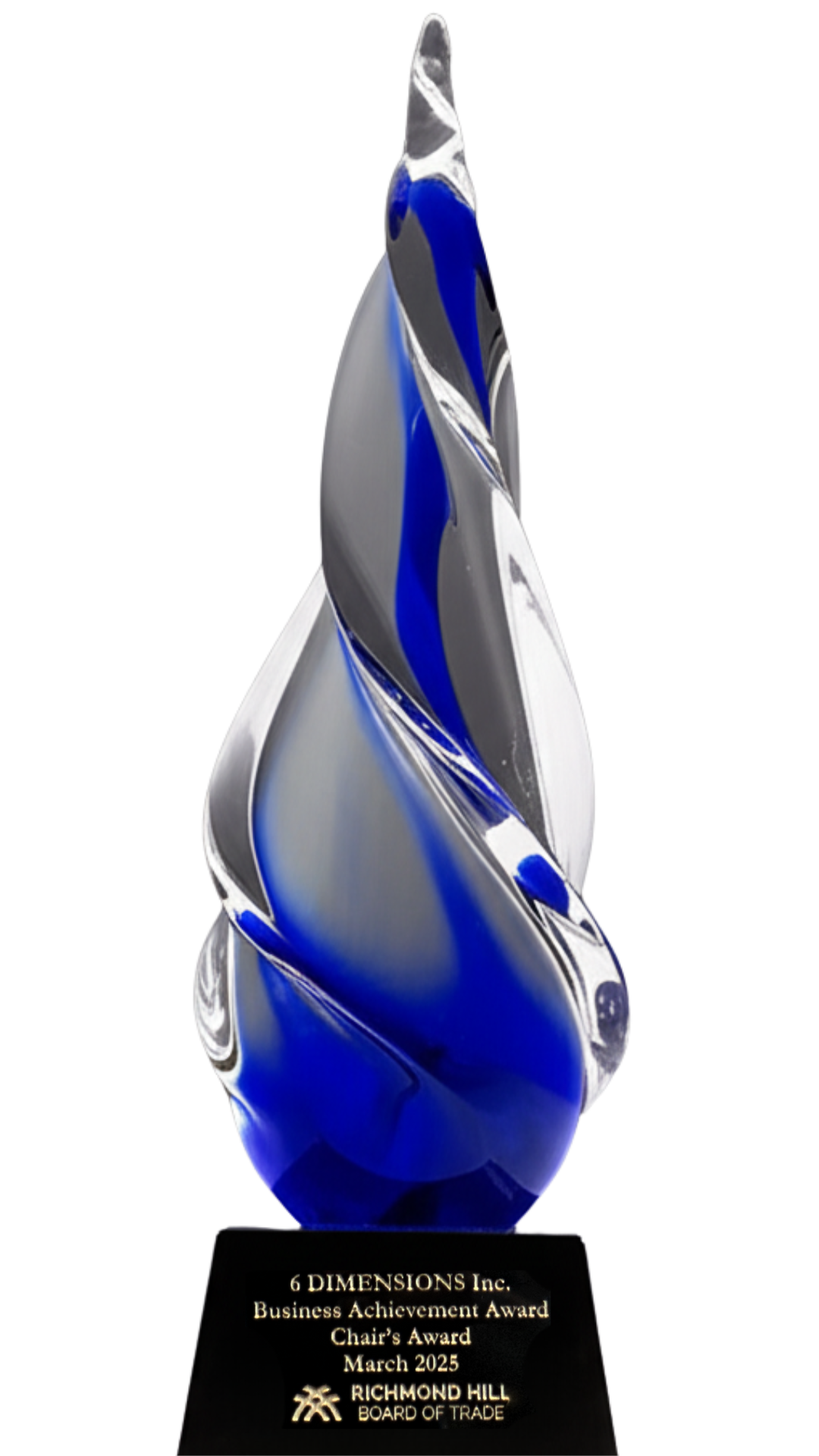Introduction
In the ever-evolving landscape of digital marketing, understanding the marketing funnel stages is essential for businesses aiming to optimize their customer acquisition strategies. This framework illustrates the journey potential customers take, from the initial moment they become aware of a product to the critical point of making a purchase decision. Each stage of the funnel—awareness, interest, consideration, conversion, and post-purchase engagement—plays a vital role in shaping the consumer’s experience and influences their behavior.
The awareness stage serves as the entry point, where brands capture potential customers’ attention through targeted advertisements and engaging content. Following this, the interest stage delves deeper, captivating prospects by providing valuable information and fostering a connection that encourages exploration. As prospects transition into the consideration phase, the focus shifts to nurturing these leads by addressing their inquiries and establishing trust.
The conversion stage is pivotal, requiring effective calls-to-action and persuasive messaging to turn interested individuals into loyal customers. However, the funnel’s influence extends beyond the conversion; maintaining post-purchase engagement is crucial for retention and advocacy. By understanding and optimizing each stage of the marketing funnel, marketers can create tailored strategies that not only enhance conversion rates but also cultivate lasting customer relationships essential for sustained business success. As this article explores the intricacies of each stage, readers will gain valuable insights into leveraging the marketing funnel to drive growth and engagement.
What Are the Marketing Funnel Stages?
The marketing funnel is a crucial concept in understanding how potential customers move from awareness of a product to making a purchase decision. It is typically divided into several key stages, which serve distinct roles in guiding prospects through their buyer’s journey. The initial stage, awareness, is where brands capture the attention of potential customers through targeted marketing strategies. At this point, efforts focus on increasing visibility and generating interest in the brand.
Following awareness, the interest stage engages prospects further, encouraging them to explore the product or service offered. This involves using informative content that resonates with their needs and piques their curiosity. The next stage, consideration, plays a pivotal role in nurturing these leads. Here, marketers provide valuable insights and address specific inquiries, thereby building trust and rapport.
Once potential customers move past consideration, they reach the conversion stage, where effective calls-to-action and persuasive messaging are key in turning prospects into loyal customers. Finally, the funnel does not end with conversion. Post-purchase engagement is essential for retention and advocacy, ensuring that satisfied customers become repeat buyers and vocal supporters of the brand. Understanding each of these stages helps marketers design effective strategies that facilitate smooth transitions through the funnel, ultimately maximizing conversion rates and fostering long-term customer relationships.
Stage 1: Awareness – Capturing Your Audience’s Attention
In the marketing funnel, the Awareness stage is essential for brand visibility and attracting potential customers. This foundational phase focuses on creating the initial contact with prospects who may not yet be familiar with the brand or products offered. Techniques such as social media advertising, content marketing, and search engine optimization play crucial roles in increasing exposure and driving traffic to a business’s website.
Marketers often utilize targeted outreach tactics, including pay-per-click (PPC) campaigns and influencer partnerships, to enhance brand recognition. Engaging content, such as blog posts, videos, or infographics, can also help convey key messages and spark interest among the target audience. It’s vital for marketers to ensure that the content resonates with their specific demographic, addressing their pain points and curiosities.
Moreover, utilizing analytics tools can assist in measuring awareness effectiveness, uncovering which strategies yield the highest engagement rates. By pinpointing successful channels of communication and adjusting outreach efforts accordingly, brands can optimize their approach to effectively capture attention. This investment in brand visibility ultimately sets the stage for transforming casual browsers into engaged prospects ready to move deeper into the marketing funnel, leading to potential conversions in later stages.
Stage 2: Interest – Engaging Leads Early On
In the marketing funnel, the Interest stage is pivotal for converting awareness into genuine curiosity. At this point, potential customers have shown a desire to learn more about a product or service, but common pitfalls can hinder meaningful engagement. Marketers often underestimate the significance of providing value-driven content that resonates with the audience’s needs and preferences.
Engaging leads effectively requires a well-thought-out approach. Utilizing personalized email marketing campaigns, informative blogs, and engaging social media posts can significantly enhance interest. Content should focus on addressing pain points while offering relevant solutions, which builds a connection with prospects.
One critical mistake marketers make during this stage is overwhelming potential customers with excessive information or aggressive sales tactics. Striking the right balance between informative content and soft selling is key to keeping interest alive. Furthermore, utilizing interactive elements such as quizzes, webinars, or live Q&A sessions can sustain engagement and encourage further exploration.
To nurture leads effectively, marketers should also implement segmentation strategies, ensuring the right content is delivered to the right audience. This tailored approach fosters a sense of relevance and enhances the likelihood of moving prospects further down the funnel. By understanding these dynamics, businesses can optimize their marketing strategies and create a compelling journey for prospective customers, ultimately leading to higher conversion rates.
Stage 3: Consideration – Nurturing Leads Toward Decision
In the consideration stage of the marketing funnel, potential customers actively evaluate their options. Marketers must cultivate trust and demonstrate value during this critical phase. This involves providing tailored content that addresses specific pain points and showcases relevant solutions. High-quality resources such as webinars, case studies, and detailed product comparisons can effectively guide prospects toward informed decision-making.
Engagement strategies are essential here; nurturing leads through personalized email campaigns or retargeting ads reinforces the brand’s commitment to understanding their needs. It is also beneficial to utilize testimonials and user-generated content to enhance credibility and reassurance, helping potential clients feel more confident in their choices.
Additionally, engaging with prospects through social media platforms can facilitate conversations, allowing brands to address inquiries directly. This interaction not only fosters trust but also keeps the brand top-of-mind as prospects weigh their options.
To optimize efforts in this stage, marketers should utilize analytics to track lead behavior and preferences. This data-driven approach enables the adjustment of strategies based on insights, ensuring a more personalized experience. By effectively nurturing leads through targeted content and interactions, businesses can significantly increase the likelihood of conversion in the subsequent phase of the funnel. Thus, the consideration stage plays a crucial role in transforming potential interest into concrete decisions.
Stage 4: Conversion – Turning Prospects into Customers
In the fourth stage of the marketing funnel, conversion, the primary goal is to transform interested prospects into paying customers. This phase is critical, as it relies heavily on understanding consumer behavior and employing effective strategies to make the purchase process seamless. Marketers should implement strong calls-to-action (CTAs) that create a sense of urgency and prompt immediate responses. For example, limited-time offers can encourage potential customers to act quickly.
Persuasive messaging plays an essential role in this stage. It is important to communicate value propositions that resonate with the audience’s needs and concerns. The use of testimonials, case studies, and clear benefits can significantly influence decision-making, demonstrating how the product or service solves specific problems.
Optimizing the user experience on landing pages is equally vital. Ensuring that these pages are visually appealing, quick to load, and mobile-friendly can minimize barriers to purchase and enhance the likelihood of conversion. Moreover, utilizing marketing automation tools can streamline follow-up communications, guiding prospects through the final stages of their decision-making process.
Understanding customer journey analytics can also inform marketers about which strategies are most effective for their target audience. By closely monitoring metrics such as conversion rates and customer feedback, businesses can refine their approaches and achieve better results in converting leads into loyal customers.
Stage 5 & Beyond: Retention and Advocacy
In the dynamic landscape of marketing funnels, the final stages—retention and advocacy—play a pivotal role in sustaining consumer engagement. Retention strategies focus on keeping customers satisfied and encouraging repeat business. This can be achieved through exceptional customer service, personalized communication, and loyalty programs that reward ongoing patronage.
Moreover, retaining customers is often more cost-effective than acquiring new ones, making it a crucial focus for businesses aiming for long-term success.
Additionally, customer advocacy transforms satisfied customers into brand champions. By fostering a community of advocates, brands can leverage positive word-of-mouth and user-generated content to attract new leads, seamlessly integrating into the top of the marketing funnel.
To effectively cultivate advocacy, businesses should actively seek customer feedback and implement improvements based on that input. Highlighting testimonials and case studies can further enhance credibility and showcase real-world satisfaction.
Moreover, engaging customers through social media and exclusive events helps reinforce their connection to the brand.
In summary, the retention and advocacy stages of the marketing funnel are integral for not only maintaining customer relationships but also for promoting organic growth through loyal advocates, emphasizing the importance of continued engagement beyond the initial purchase. This holistic approach ultimately leads to a more sustainable business model and thriving customer base.
Conclusion
In conclusion, the marketing funnel stages offer a comprehensive framework for understanding how consumers transition from awareness to purchase and beyond. Each stage—awareness, interest, consideration, conversion, and post-purchase engagement—plays an integral role in shaping the buyer’s journey, highlighting the importance of targeted marketing strategies at every level. By capturing attention and nurturing leads through informative and engaging content, brands can effectively guide prospects along their path to conversion.
Moreover, the significance of post-purchase engagement cannot be overlooked. Retaining customers and transforming them into advocates is essential for long-term success and sustainable growth. Marketers who implement strategies that address each stage of the funnel will not only enhance their conversion rates but also build strong relationships that foster loyalty and repeat business.
Ultimately, understanding and leveraging the marketing funnel empowers brands to create tailored experiences that resonate with their audience, driving both immediate sales and enduring customer loyalty. By embracing this framework, marketers can refine their approaches and achieve their business goals. The insights gained from analyzing the funnel stages equip businesses with the tools needed to respond effectively to consumer behavior, ensuring competitiveness in an ever-evolving market landscape.
















